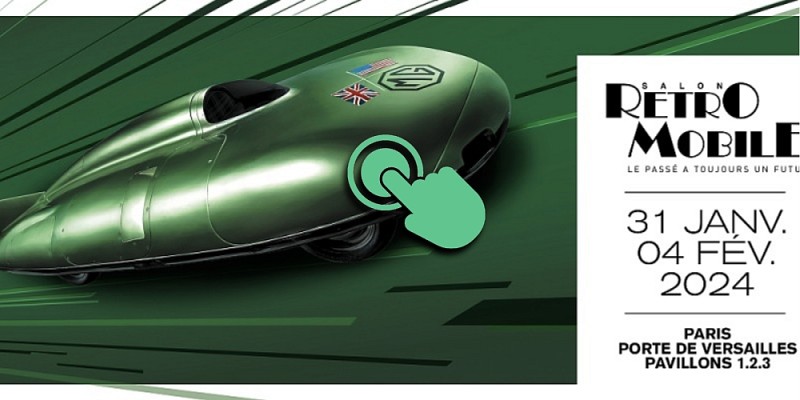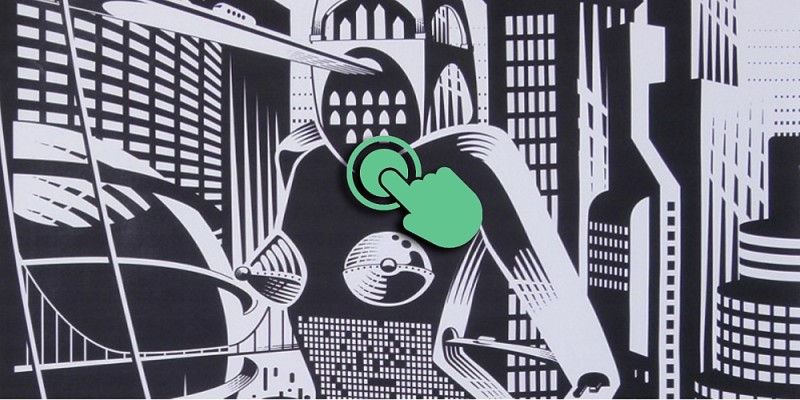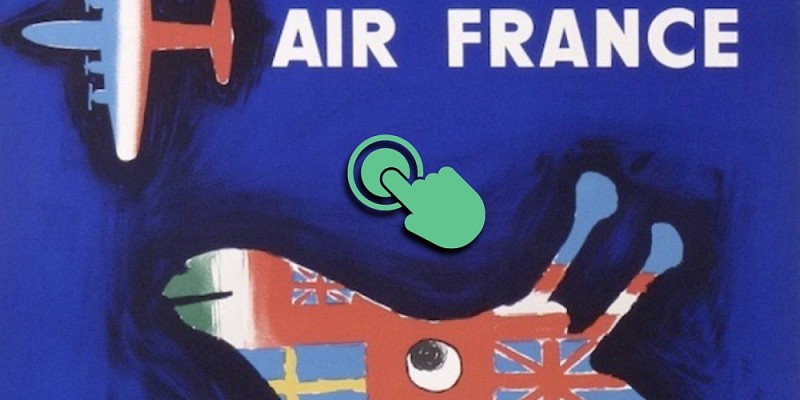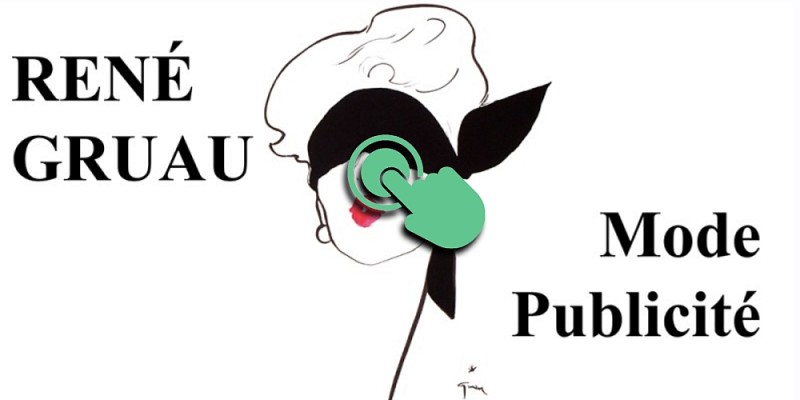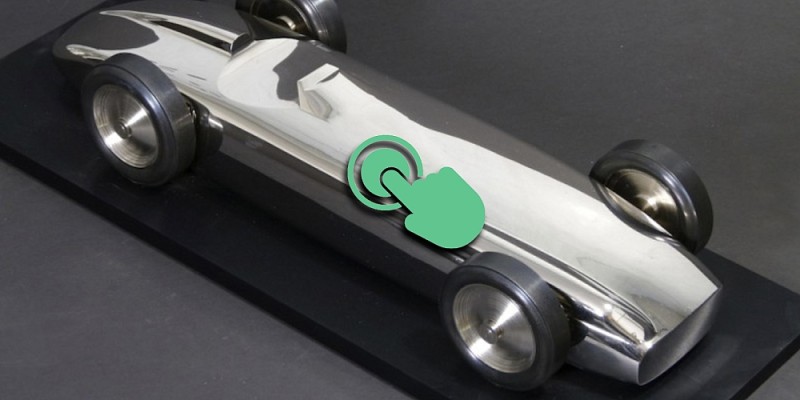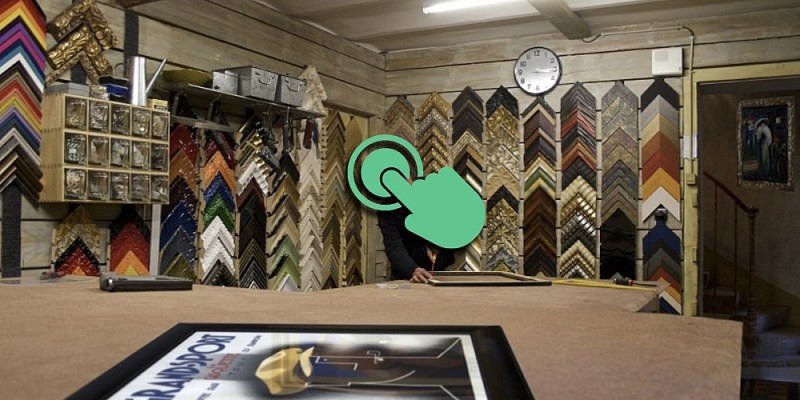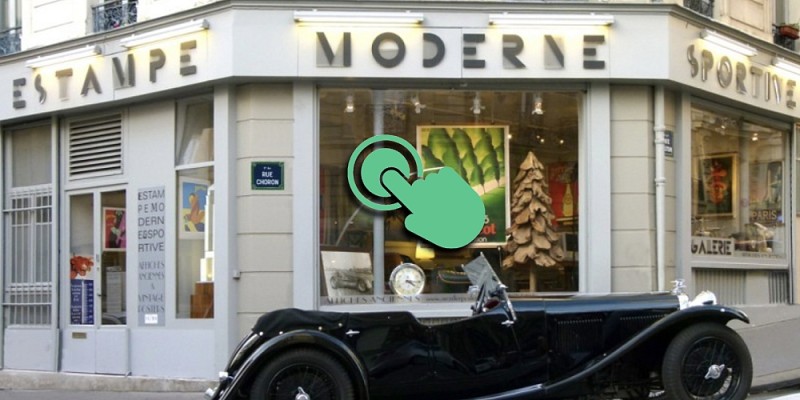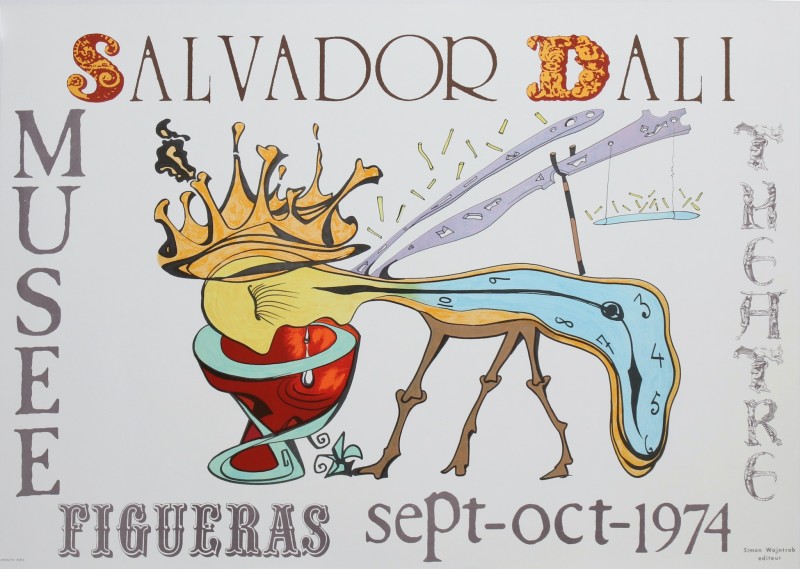
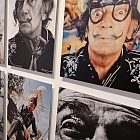
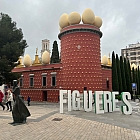
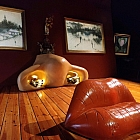
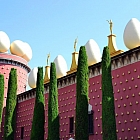
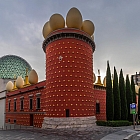
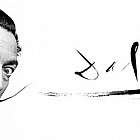
SALVADOR DALI MUSEE FIGUERAS SEPT-OCT EXPO 1974
Antique vintage posters from DALI Salvador
( 1904 - 1989 )
ORIGINAL FIGUERAS SALVADOR DALI MUSEUM POSTER BY SIMON WAJNTROB EDITOR
STORY
Salvador Dalí, born in Figueres on May 11, 1904 and died in the same city on January 23, 1989, is one of the major painters, sculptors, screenwriters, engravers and writers of the 20th century. He is also one of the main representatives of surrealism (artistic movement born in 1922 and formalized in 1924 with the Manifesto of Surrealism by André Breton), before being excluded in 1939 because of numerous disagreements. In this manifesto, André Breton, the leader of the movement, defines surrealism as follows: "Pure psychic automatism by which one proposes to express, either verbally, or in writing, or in any other way, the real functioning of thought. Dictated by thought, in the absence of any control exercised by reason, apart from any aesthetic or moral concern”. This current is characterized by automatic techniques (smoking, scratching, decalcomania, exquisite corpses, collage, etc.) to make new forms appear, as well as by mental techniques based on the unconscious, dreams, which are sources of associations of conflicting images. From 1929 Dalí notably developed the method of paranoid-criticism which is based on delusional associations and interpretations (the paranoid aspect) that he will objectify with his artist's eye (the critical aspect).
The creation of the Theatre-Museum
It was in this creative context that he imagined a pavilion, Le Rêve de Vénus, for the New York International Fair in 1939. , reminiscent of Antoni Gaudi's Casa Milà. In the hollows of the facade were arranged gigantic reproductions of masterpieces such as Saint John the Baptist by Leonardo da Vinci or the figure from The Birth of Venus by Botticelli. Other elements came to decorate this facade, crutches which sprang from the wall, algae, legs to mark the entrance...
This Pavilion of Venus can be considered as a prelude to what Dalí would create thirty-five years later for the Dalí Theatre-Museum in Figueres, a museum to his own glory to which he would dedicate the end of his career. Salvador Dalí wants to set up this museum in his hometown to enhance his region and give it a universal aura. In 1961, he chose the place in which he would establish his museum: it was in fact on the ruins of the old Municipal Theater of the city of Figueres. It is therefore in this place steeped in history that the Dalí Museum opened its doors on September 28, 1974.
Dalí took the decision to create a museum in Figueres in 1961, but work did not begin until 1970. They benefited from the support of the Ministry of Housing, through aid for towns devastated by war. The architects were Ros de Ramis and Bonaterra, the dome was designed by Pérez Piñero, always under the direction of Dalí.
InaugurationOn Saturday, September 28, 1974, the Dalí Theatre-Museum was inaugurated. The ceremony was attended by the Vice-President of the Government, José García Hernández, the Minister of Housing and the Mayor of Barcelona. The construction, begun under the mandate of Mayor Ramon Guardiola, was completed under that of Pere Giró. That day, Josep Pla said to Dalí: "That's it: we're starting to impose!
The inauguration of the Theatre-Museum was a real walkabout. The press had a field day when Dalí arrived in a Cadillac from Vila-Sacra, the "capital of the world" according to his friend Carles Fages de Climent. The "divine Dalí" appropriated Montaigne's desire to convert everything local into universal.
1974 - Businessman Simon Wajntrob, already Salvador Dalí's impresario and seller of his "soft watches", prides himself on having discovered Mike Brant and being Jacques Martin's favorite producer.
Simon Wajntrob speaks Hebrew, common origins and the paternal and charismatic side of this ambitious man, leading a life of luxury, reassure Mike Brant who aspires to change and who signs a contract with him under the label of the production company WIP.
These search criteria may interest you:
DALI SalvadorCONTEMPORAY ARTANTIQUE VINTAGE POSTERSEVENTSCELEBRITYFAMOUS GALLERY POSTERSFOCUS




WWW.MASTERPOSTERS.COM
By ESTAMPE MODERNE & SPORTIVE
7 RUE MILTON - 16 RUE CHORON 75009 PARIS
(+33) (0)1 42 80 01 03
